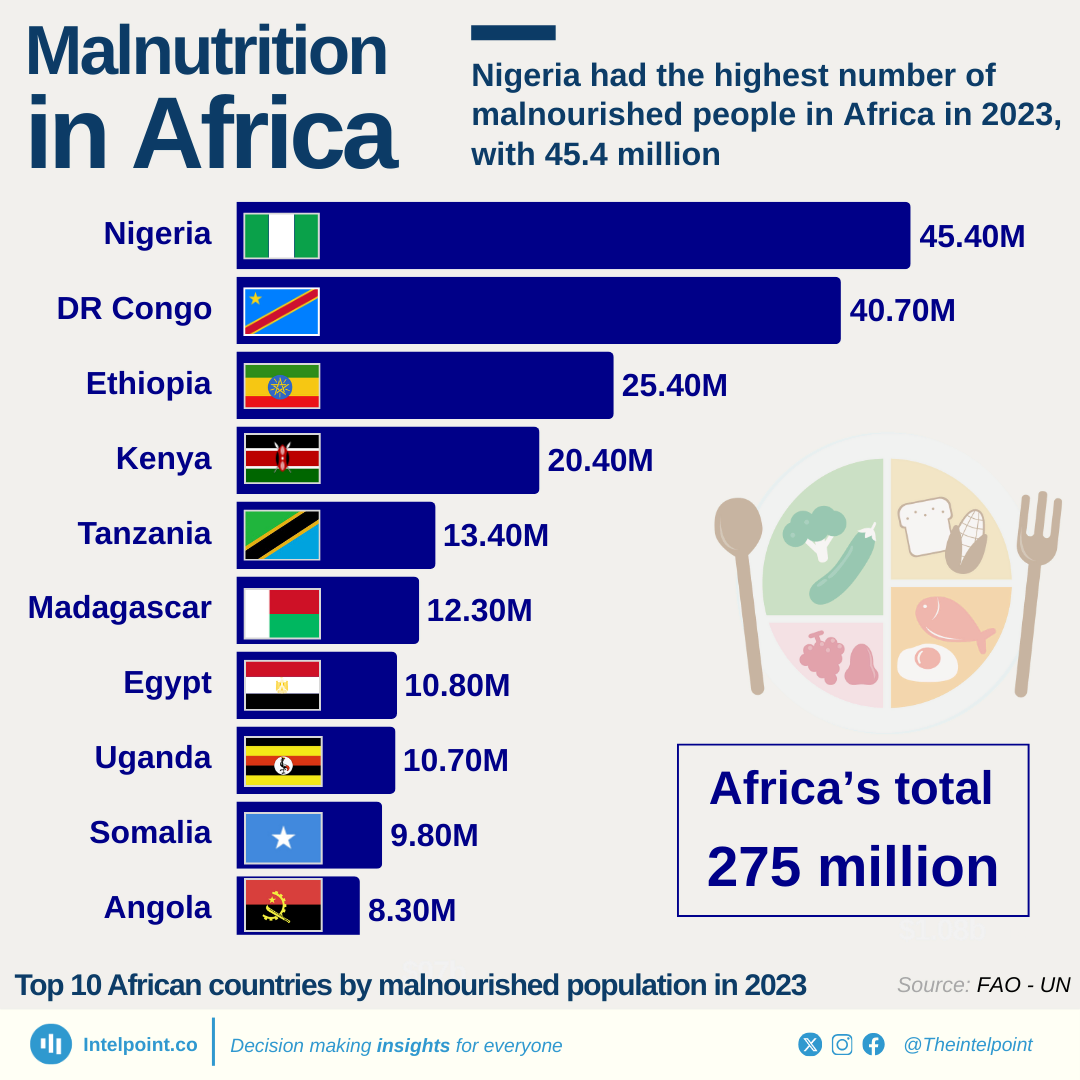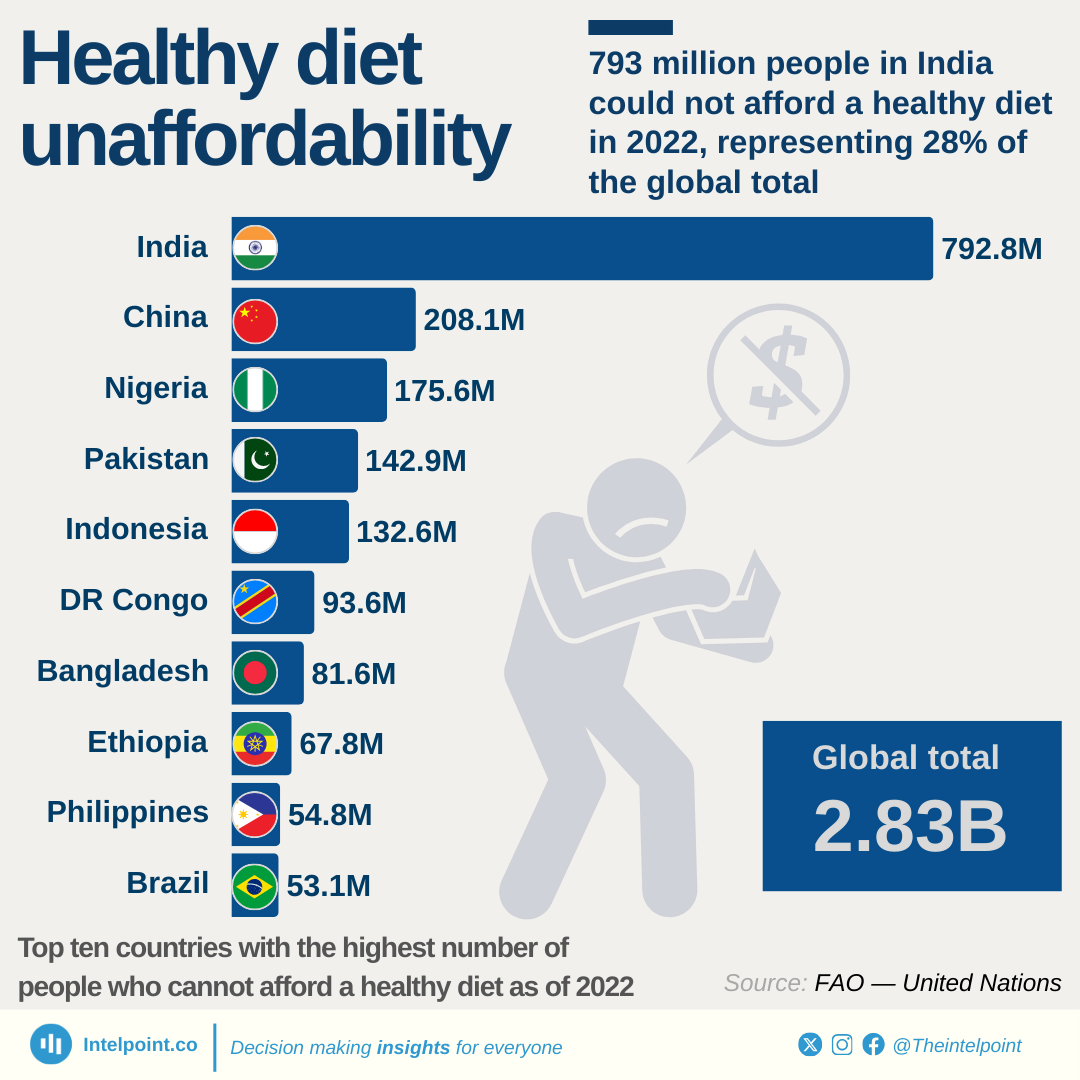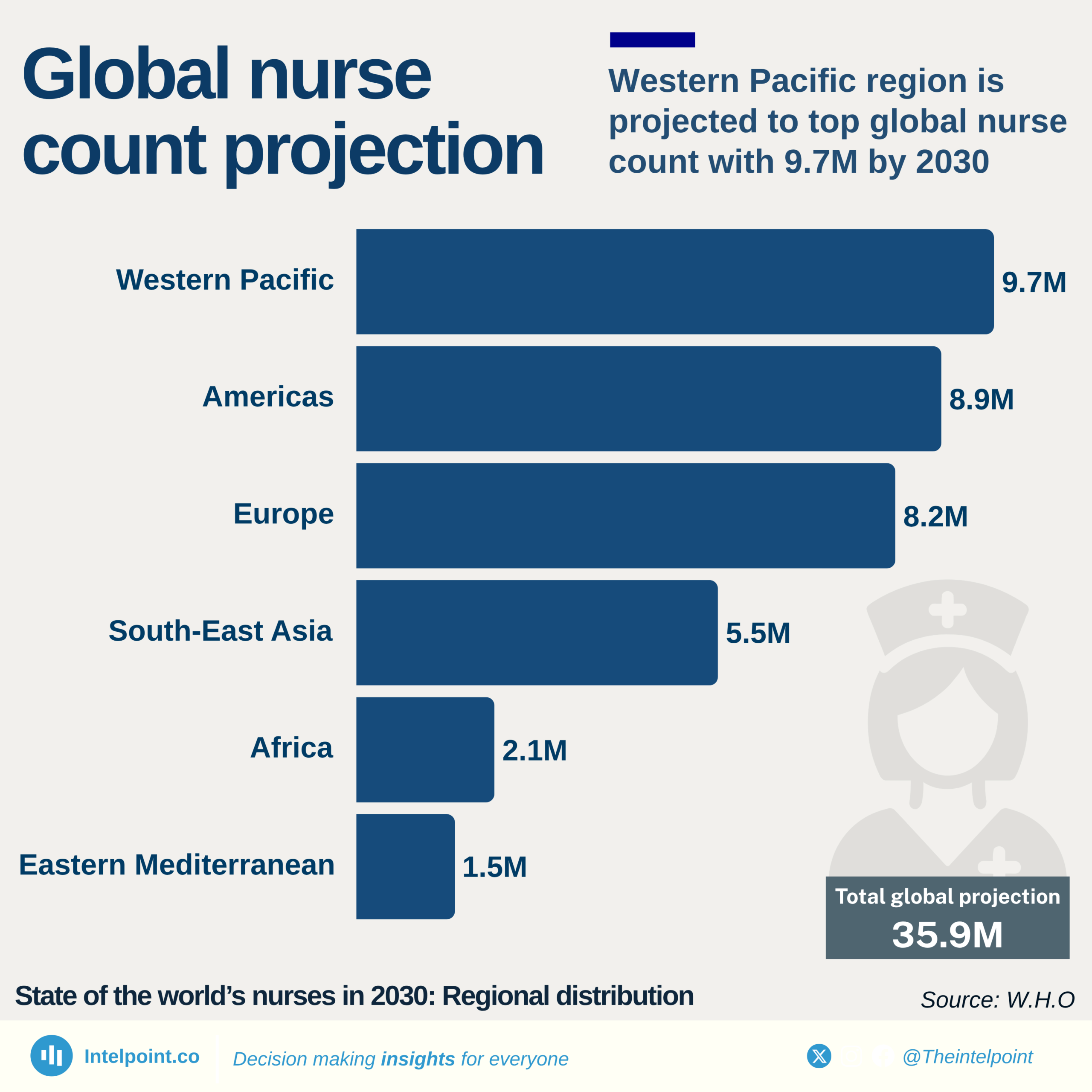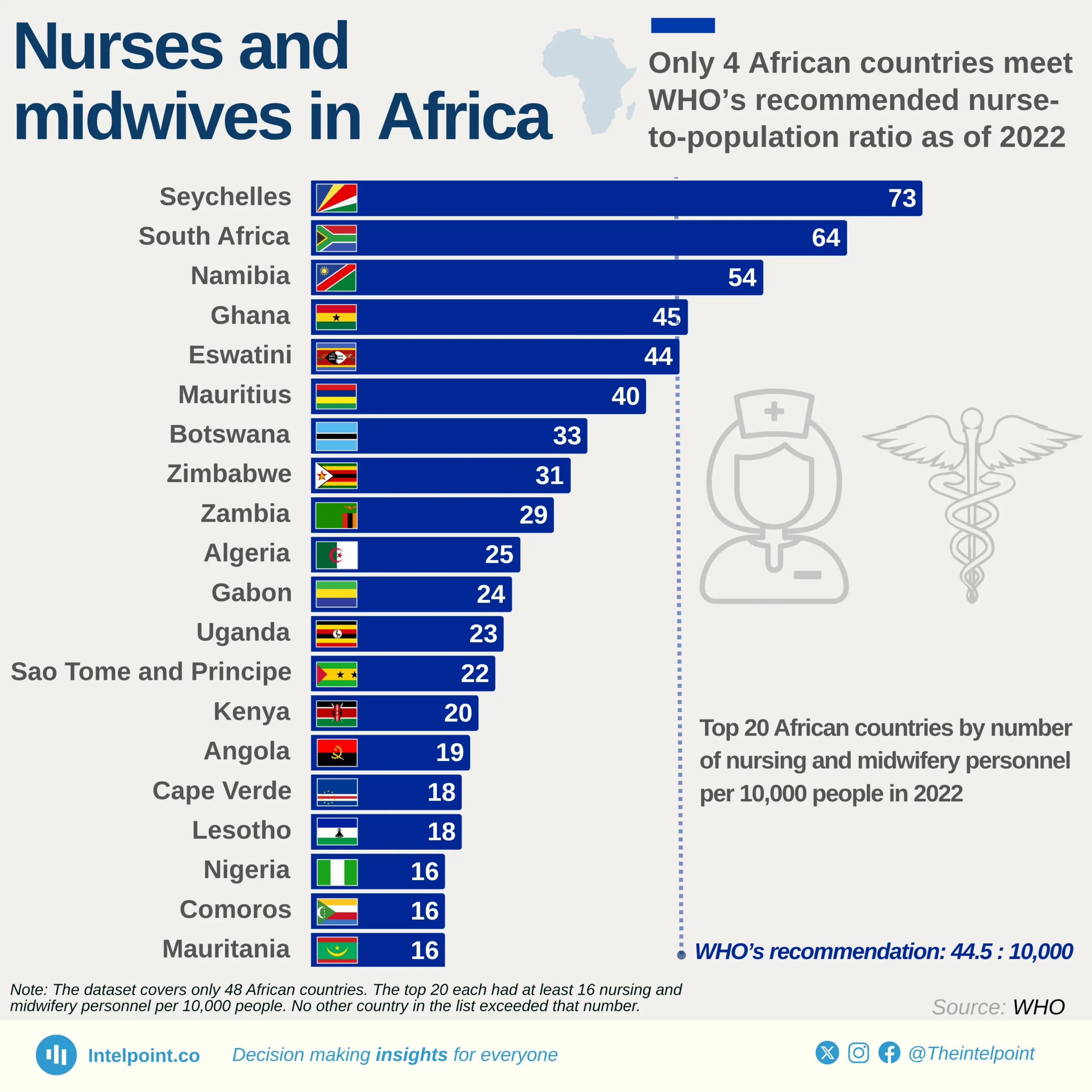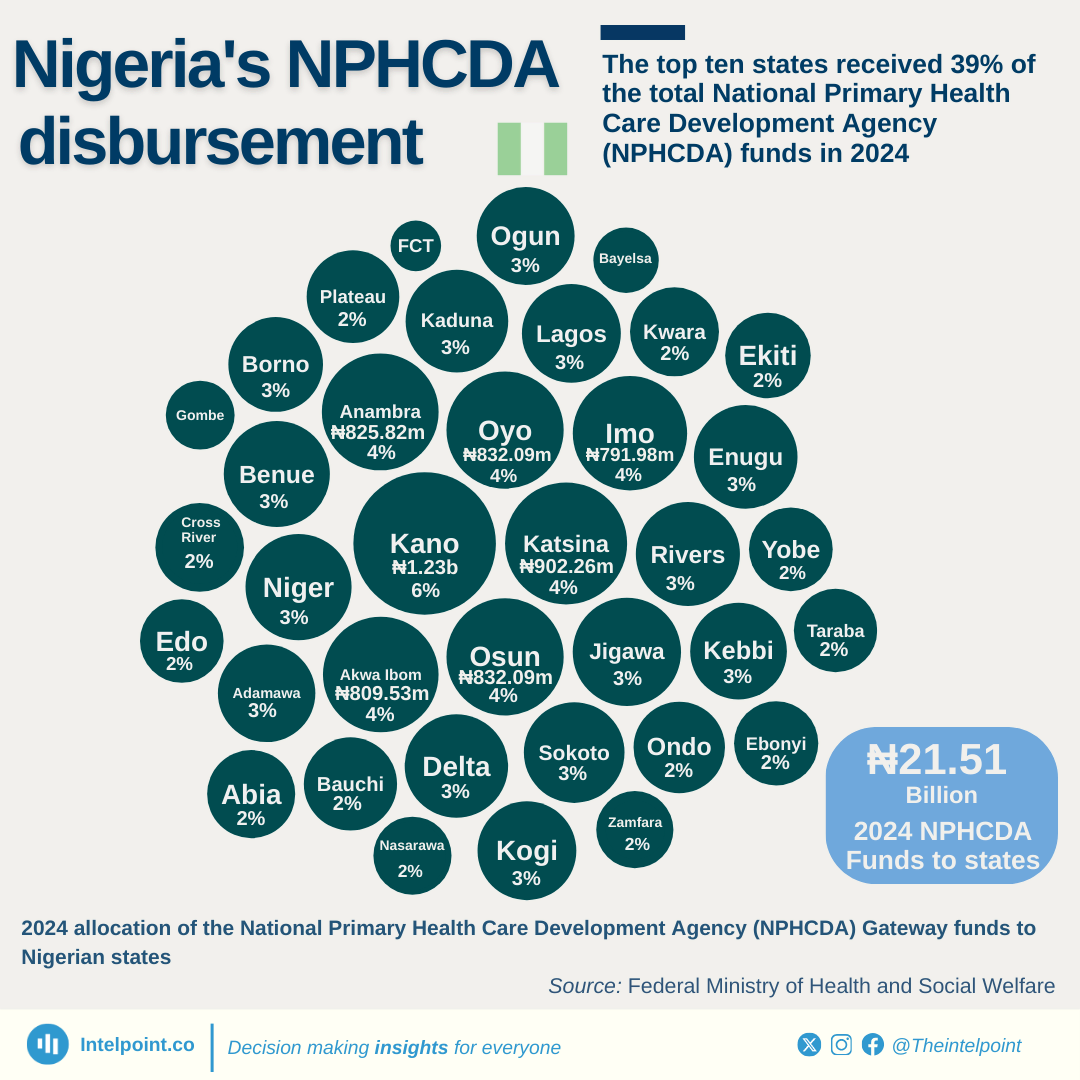As of October 2024, only nine African countries are certified malaria-free: Egypt, Cape Verde, Tunisia, Algeria, Mauritius, Libya, Morocco, Seychelles, and Lesotho.
Egypt and Cape Verde are the newest members of this group.
Over 40 African countries remain uncertified, with the continent recording 233 million malaria cases in 2022.
